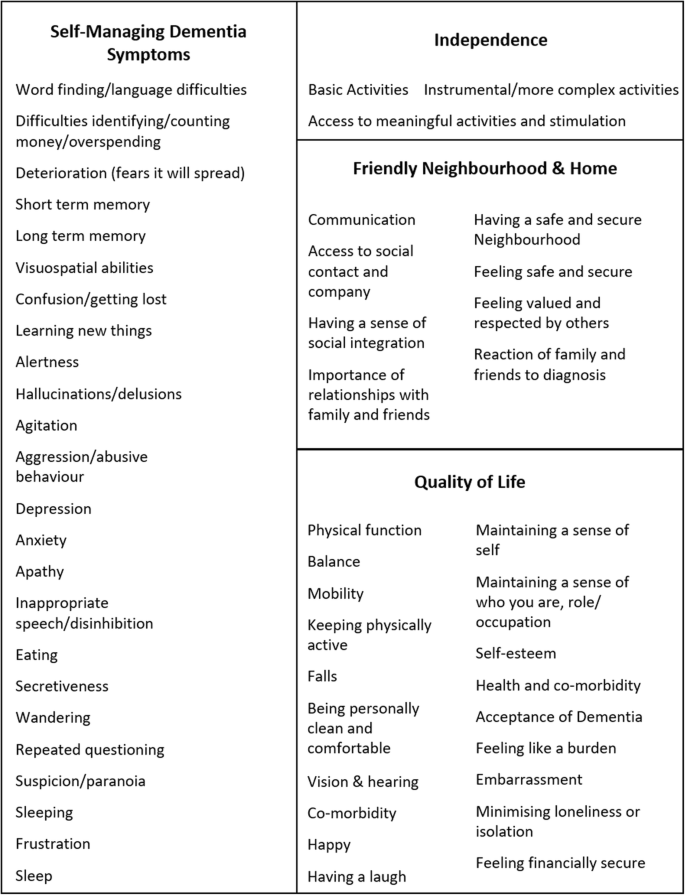INTRODUCTION
The I-stems (also called the basic verbs) are more complex than the A-stems. Please remember that most of what is being taught is based off of deductions, so these theories may be modified in the future. Though slightly more complex to conjugate than the A-stems, the I-stems should not prove too difficult. I will not go over what each form of the verb means, since I discussed that with the A-stems. If you forget, feel free to look back at lesson 10 for the definitions. With that final note, lets move on to the conjugation of the I-stem.
THE INFINITIVE
Changing the Future to the Present: Present Tense Verbs Ending in Y Changing verbs from future to present tense can be tricky for young learners! Give your students a grammar boost with this useful worksheet that puts skill practice in context. The present tense in Spanish can mean three things. The Spanish phrase “yo hablo” can mean: yo hablo I speak. Yo hablo I am speaking. Yo hablo I do speak. Many Spanish verbs are completely regular, meaning that they follow a specific pattern of conjugation. In this lesson you will learn to conjugate regular -ar, -er, and -ir verbs (in the.

The I-stem infinitive is formed similarly to the A-stem infinitive. However, instead of using the suffix “-o”, the I-stems use “-i”.

Ped “speak” > Pedi “to speak”
Fir “fade,die” > Firi “to fade, to die”
The ending “-i” causes all “a’s” and “o’s” of the verb to mutate to “e” in the infinitive
Dar “halt, stop” > Deri “to halt, to stop”
Tol “come” > Teli “to come”

Note: This is just a basic I-umlaut.
THE PRESENT TENSE (3rd Person Singular)
The present tense is formed in two separate ways. In MONOSYLLABIC verbal stems (in verbs of one syllable), the vowel is lengthened. Please remember that the circumflex accent is used to denote monosyllables (one syllable words) of long length.
Dar “halt, stop” > Dâr “stops”
Fir “fade die” > Fîr “fades, dies”
Ped “speak” > Pêd “speaks”
In POLYSYLLABIC verbal stems (verbs with more than one syllable), the 3rd person singular appears to be identical to the stem itself.
osgar “cut around” > osgar “cuts around”
THE PAST TENSE (3rd Person Singular)
The past tense is formed in numerous ways. The way the past tense is formed, is conditional upon the last sound of the verb. Basic I-stems that end in -r are made past tense by adding the suffix (ending) “-n” to the stem
Dar “halt, stop” > Darn “halted, stopped”
Fir “fade, die” > Firn “Faded, died”
Basic I-stems that end in -n probably still have the suffix -n added to the stem.
Cen “see” > Cenn “saw”
Basic I-stems that end in -L are somewhat different. The suffix -n would, because of the previous L sound of the stem, become -L. Thus we get:
Pel “wither” > Pell “withered”
Now we move on to some of the more complex forms of the past tense. The basic I-stems ending in -b,-d,-g,-v,-dh have what is known as a NASAL INFIX, instead of a suffix added to the stem. What this means, is that these verbs have an “-n” placed BEFORE the last letter of the word. This nasal infix causes the last letter of the stem to revert back to it’s more primitive form. Therefore -b,-d,-g,-v,-dh all revert to primitive -p,-t,-c,-b (or -mb), and -d.
Had > Hant (the nasal infix causes d>t)
Dag > Danc (Nasal infix causes g>c)
Redh > Rend (Nasal infix causes dh>d)
When this nasal infix is inserted before a “b”, it causes (like I said above) b>p. However, because we cannot have “-np” in Sindarin, this mutates YET again to “-mp”.
Cab > Canp > Camp (Nasal infix causes b>p then np>mp)
Verbs ending in -v are somewhat special, because they probably at one time ended in “-mb”. Final “mb” becomes M in Sindarin.
Lav “lick” > Lam (lamb) “licked”
Verbs of more than one syllable probably have past tenses in -nn. Only two such I-stems are known.

Neledh “go in, enter” > Nelenn “entered”
Edledh “go into exile” > Edlenn “gone into exile”
THE FUTURE TENSE (3rd Person Singular)
The future tense is formed by adding “-tha” to the infinitive form of the verb.
Dar “stop, halt” > Deri “to stop, halt” > Deritha “will stop, will halt”
Ped “speak” > Pedi “to speak” > Peditha “will speak”
Tol “come” > Teli “to come” > Telitha “will come”
THE IMPERATIVE
The imperative is formed by adding the suffix -o to the stem.
Dar “halt, stop” > Daro “Halt, stop!”
Ped “speak” > Pedo “Speak!”
Tol “come” > Tolo “Come!”
THE ACTIVE (PRESENT) PARTICIPLE
The active participle is formed by adding the suffix “-el” to the stem.
Dar > Darel “halting” (adj)
Ped > Pedel “speaking” (adj)
Tol > Tolel “coming” (adj)
However, when the stem has the vowel “i” in it, the ending is probably expanded to -iel.
Fir > Firiel “dying, fading” (adj)
Glir > Gliriel “singing, reciting” (adj)
Gir > Giriel “shuddering” (adj)
THE PERFECTIVE ACTIVE PARTICIPLE
The perfective active participle is formed by adding “iel” to the stem. combined with a lengthening of the stem vowel. Please note that this form is very similar to the Active Participle, the only difference being the lengthening of the stem vowel. Also please remember that the acute accent denotes vowels of long length.
Fir >Fíriel “having died, having faded” (adj)
Glir > Glíriel “having sung, having recited” (adj)
When the vowels a, e, and o are lengthened … they revert back to their more primitive form. Thus a>ó, e>í, and o>ú
17 Verbs (present Tense)sindarin Lessons Lesson
Mad “eat” > Módiel “Having eaten” (adj)
Ped “speak” > Pídiel “having spoken” (adj)
Nor “run” > Núriel “having ran” (adj) Global infotech.
THE PASSIVE (PAST) PARTICIPLE
The passive participle is formed by adding “-en” to the 3rd person singular Past Tense form.
Dar “stop” > Darn “stopped” > Darnen “stopped”
Sol “close” > Soll “closed” > Sollen “closed”
Tir “guard” > Tirn “guarded” > Tirnen “guarded”
When “-en” is added to the endings -nt, -nc, -mp, -nd, and -m … they, for phonological reasons, become … -nn-, -ng-, -mm-, -nn-, -mm-.
Ped “speak” > Pent “spoke” > Pennen “spoken”
Dag “slay” > Danc “slew” > Dangen “slain”
Hab “cloth” > hamp “clothed” > Hammen “clothed”
Redh “sow” > Rend “sowed” > Rennen “sowed”
Lav “lick” > Lam (lamb) “licked” > Lammen (lamben) “licked”
17 Verbs (present Tense)sindarin Lessons 4th Grade
THE GERUND
The gerund is very easy to form. To form the gerund, the ending “-ed” is appended to the verbal I-stem.
Cab “jump, leap” > Cabed “Leaping” or “a jump, a leap”
Cen “look” > Cened “looking”
Glir “sing” > Glired “singing”
Tol “come” > Toled “coming”
Note: Please remember that the Gerund acts as a noun, and for all purposes is a noun.

PUTTING IT ALL TOGETHER
• The infinitive is formed with “–i”. This form may have been replaced by the Gerund in Sindarin
• The present tense (3rd person) is formed by lengthening the stem vowel.
• The past tense (3rd person) is formed by either a nasal suffix, or infix to the stem
• The future tense is formed with “–tha” added to the infinitive
• The imperative is formed with “-o” added to the stem
• The Active Participle is formed by the suffix “–el” added to the stem
• The Perfective Active Participle is formed with “–iel” and a lengthening of the stem vowel and a shift to an archaic vowel form.
• The passive participle is formed with “–en” suffixed to the past tense form of the verb plus intervocalic changes
• The gerund is formed by adding “-ed” to the stem
